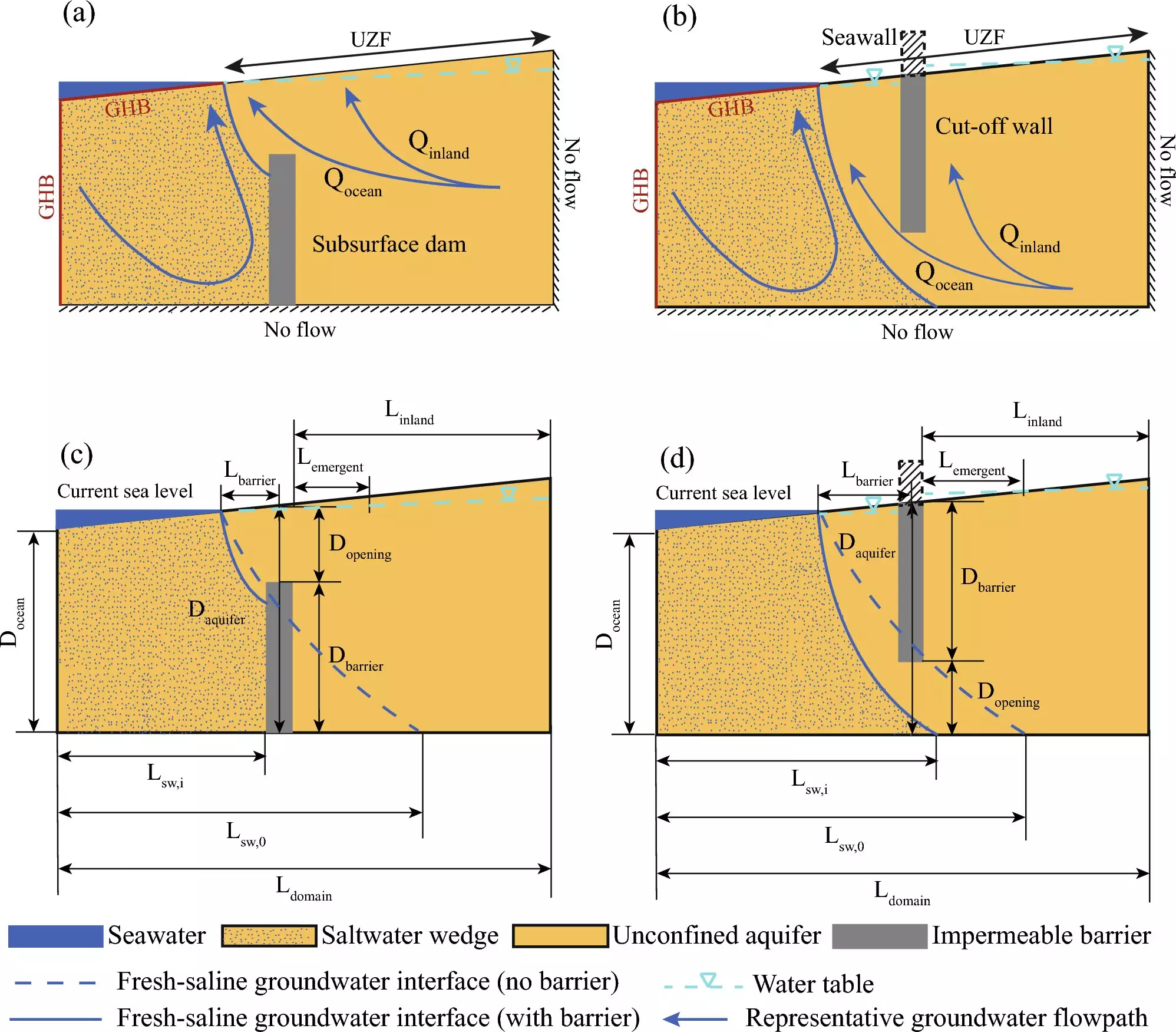As climate change accelerates, the consequences of rising sea levels are becoming increasingly severe, particularly for coastal communities. Between 2000 and 2015, the rate of sea-level rise doubled from 1.4 millimeters to 3.6 millimeters annually, a trend that is expected to continue. This increase poses a significant threat to the more than one billion people living in low-lying coastal areas, risking their homes, infrastructure, and freshwater supplies. The immediate solutions often discussed include physical barriers, such as seawalls, but as new research suggests, these measures may not only fall short of expectations but could also create additional complications.
Evaluating the Effectiveness of Seawalls
Seawalls and other shoreline barriers are often viewed as frontline defenses against flooding. Cities like New York and San Francisco have initiated plans with the Army Corps of Engineers to construct these barriers, committing substantial resources—estimated in the tens of billions of dollars—to reduce flooding risks. However, the practicality of such solutions is being called into question. A recent study published in *Scientific Reports* highlights potential downsides to utilizing these barriers, particularly their impact on groundwater dynamics. While they appear to be a viable method for protecting coastal communities, the scientific community is increasingly aware that such structures can inadvertently exacerbate the very challenges they are designed to mitigate.
The Complex Interaction of Saltwater Intrusion and Groundwater Flooding
The research conducted by Xin Su and her colleagues delves into the phenomenon of saltwater intrusion—a process in which rising sea levels push saline water inland, replacing freshwater sources. As water levels rise, both salty and fresh groundwater are forced upward, leading to groundwater emergence, or flooding from below—a phenomenon often overlooked in preliminary flood protection assessments. Seawalls could serve as barriers against ocean water but may also act like underground dams, trapping groundwater behind them. This entrapment can ultimately increase pressure, causing more freshwater to rise above ground, compromising the integrity of sewer systems and contaminating drinking water supplies.
Such findings call into question the assumption that seawalls can provide an all-encompassing solution to coastal flooding. “Building these structures without considering inland flooding can worsen existing issues,” warns Su. This statement sheds light on the urgent need for a more holistic understanding of how these barriers can function in changing environmental conditions.
Learning from the Dutch Experience
Cities in flood-prone regions could benefit from learning from the historical experiences of the Dutch, who have long grappled with water management challenges. The Netherlands has utilized a combination of windmills and advanced pump systems for centuries to keep water levels in check. Adopting a similarly proactive approach—incorporating robust pumping systems and drainage solutions when constructing seawalls—could mitigate some of the negative consequences highlighted in recent studies. The goal should not merely be to erect barriers but to create a comprehensive water management strategy that anticipates excess water and effectively directs it away from critical infrastructure.
A Call for Integrated Coastal Planning
As coastal cities worldwide grapple with the ramifications of climate change, there exists an opportunity to revolutionize our approach to flood mitigation. Integrated urban planning that accounts for potential groundwater impacts offers the promise of more effective solutions. This planning would involve multi-faceted strategies that combine physical barriers with advanced groundwater management techniques such as French drains and other permeable systems.
Furthermore, cities like New York and San Francisco should pioneer innovative measures to not only protect their infrastructure from the immediate threat of sea-level rise but also ensure that their long-term water management systems remain resilient in the face of inevitable changes. Communities must leverage emerging technologies and scientific insights to design environments where saltwater and freshwater systems coexist without compromising public health and safety.
Thus, while seawalls remain a popular choice for coastal protection, it is essential that future projects incorporate comprehensive studies of groundwater behavior and the long-term implications of their construction. A shift towards more adaptable and resilient planning methodologies will empower coastal communities to not only withstand the pressures of climate change but to thrive in an uncertain future.

